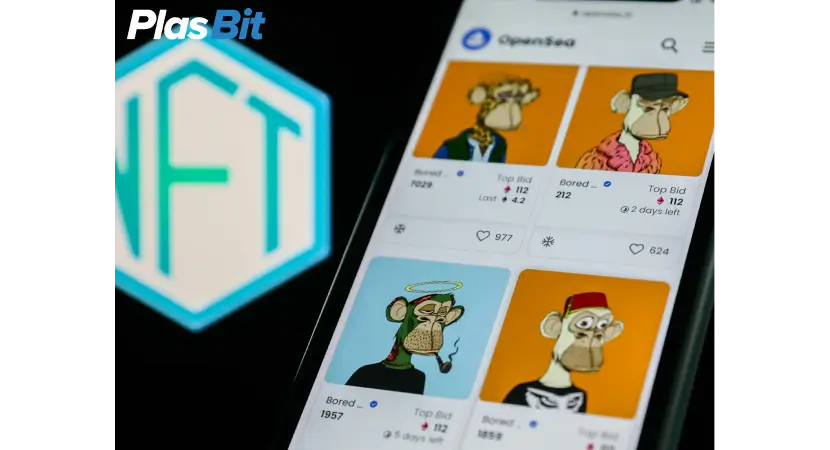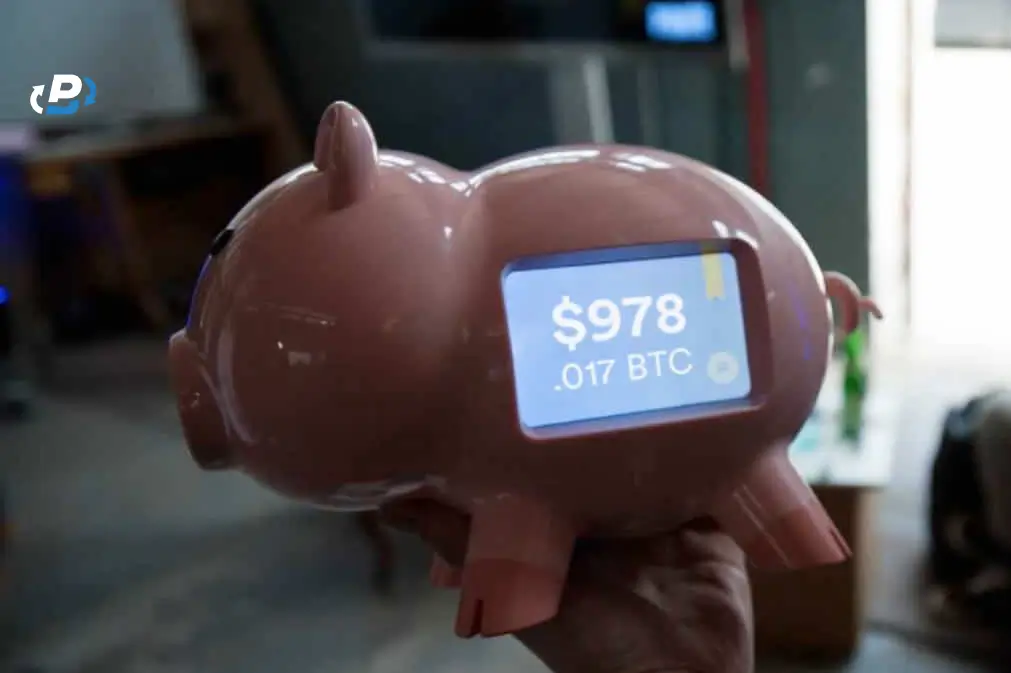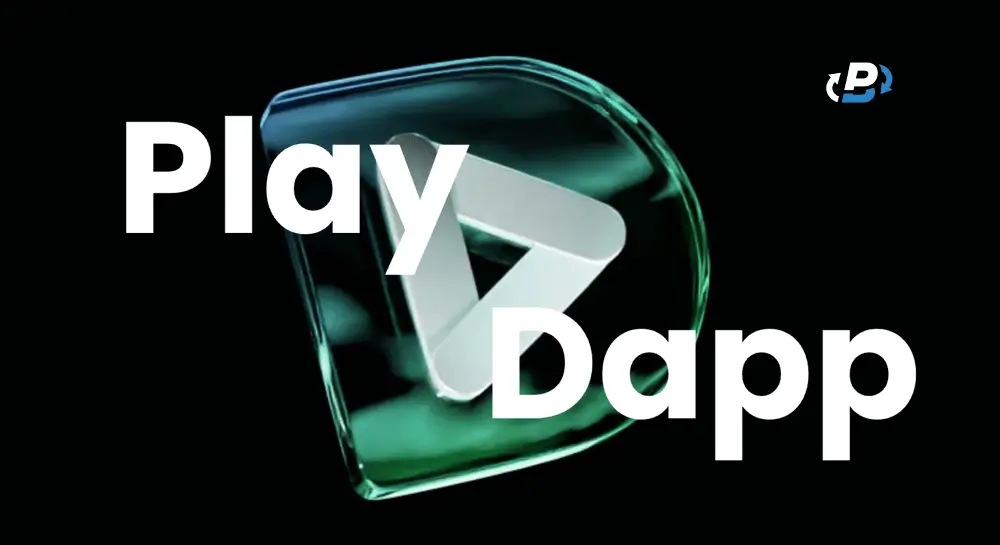If you found this article, you are probably a victim of a slow rug pull of an NFT or crypto project. But what exactly is a slow rug pull NFT scam? Such a scam occurs when a team of an NFT or crypto project creates a lot of hype and promises the community and investors to accomplish big goals, such as Play to Earn games, and then more or less slowly disappears by taking or squandering money over time, without realizing the promises made. This is even more serious if it is done by manipulating the perceptions of users and the community, such as by using fake profiles to create hype, creating misleading advertisements or videos, promising safe returns on investment, or even doing very illegal wash trading.
Unlike ordinary rug pulls, however, in which the founders and team disappear immediately after the mint with the proceeds from the NFTs' sale, slow rug scammers perform even worse manipulation. In fact, investors do not immediately lose faith in the team and the promises but "understand that Rome was not built in a day" and wait patiently for the promises made before the sale to be fulfilled. This leads the community to a long process of waiting, which gradually gives way to frustration, then anger, then disappointment, and then resignation and understanding. Many who have invested or are investing in NFTs have almost certainly stumbled upon such a scam, so PlasBit believes it is good to delve into how it works to make everyone aware of the risks and avoid falling victim to a slow rug pull NFT scam.
How is a Slow Rug Born? XX Case Study
We were in 2021, and NFT hype was at an all-time high. This research paper will use a real case study, which we will cryptographically call XX. It was born as an NFT project by a team that apparently seems to be composed of well-known and famous people at good levels of finance and entertainment. In the whitepaper, the team presents a solid token economy and all the characteristics to create a successful project, taking care of everything to the smallest detail.
XX's mission seems to be selling 10,000 NFT images of mummies, also very well designed, to continue the construction of a play to earn game set in a virtual world and using their own NFTs to play. Assuming a successful game, moreover, you could have rented out your NFTs to other players to earn a passive income. To make it even more attractive, if you play and win games, you win rewards in the XX token and can convert them to fiat currency, a fantastic 3D play to earn Battle Royale game! While this may sound great, the end may not be as exciting as it sounds, but let's take a closer look at how we could have figured out that XX was a likely slow rug pull NFT scam.
How Do You Identify A Slow Rug NFT Scam?
The first step to prevent falling into a slow rug pull scam is to thoroughly analyze the project before investing money in it: DYOR (Do your own research). In fact, although there are countless opportunities to profit in the cryptocurrency world, there are just as many opportunities to lose money. You can succeed in becoming both a very good full-time crypto trader and a very good NFT trader. It's all about being patient, learning, making mistakes, and always improving. Now, what are the factors to study and analyze to understand whether you are about to invest in a likely slow rug pull NFT scam?
Unknown or Suspect Team
First, you need to know whether you are investing in an NFT project from anonymous founders or a structured, established company with real faces. But that is sometimes not enough; in fact, in the XX case study, two founders were relatively well-known people from some secondary TV channels, and one of them had even been named Blockchain Influencer of the Year. So, make sure that the project is carried out by real and reliable people. Consider that if they have had good past successes and are relevant and well-known people, even better, but this is often not enough, or sometimes even detrimental. In the case of XX, in fact, a better Google search would have found that one of the founders has already been accused of ponzi scams in some second-tier American secondary TV stations for several years. Often, the first way not to lose money on an investment is not to do it. Don't put your money at risk if you don't even know who you are entrusting it to, and question even the most reputable-looking people through thorough research.
Opaque Tokenomics
It is probably more complicated for a newbie to understand the token economy of a project, but the gist of it is simple: Theoretically, the token should have a real and circular utility of use; to increase in value, there should be more demand against offer, and some mechanisms of this are regulated in the token economy, such as vesting. Although it may sound complicated, this is a necessary step to really understand what you are investing in and where your money will go. In the token economy, which is often contained in the NFT project whitepaper, you can see how the mint funds will be used, what investments will be made, how the token will circulate and how you give it utility and value, and many other interesting things. It must be acknowledged that realizing a token economy is not easy, but one must also be careful of some key red flags. For example, in the analyzed case of XX, the token economy was based entirely on token movements made on the play to earn game, and, however rational it might have been, it would remain only hypothetical until the hypothetical launch of the game: a clear sign of a slow rug pull NFT scam, seemingly promising solid ideas and proposals, only to slowly fade away.
Also, consider that long-term value is given by the intrinsic and generated value that the NFT collection creates; if it does not create value, its token and the prices of its NFTs will tend to zero.
Unrealistic Promises
As also mentioned earlier, the tendency of teams in these projects is to make very convincing and palatable promises. For example, in the case of XX, the team promised to make a Play to Earn Battle Royale game playable from various devices and realizable in a short time. In it, according to their plan, there should be so many players (as great as the game is), that the owners of NFTs can rent out their assets and make passive income. Sounds great, doesn't it? Indeed: when something sounds too good to be true, it is probably because it is. Be wary of those who allow you high returns on investment and passive income; in most cases, they are scams. Among the various promises made between XXs, for example, was the creation of a 'VIP card' for those who minted NFTs to 'participate in exclusive events'. The motivation for this gift was to stall before the funds and hopes for the growth of the project gradually disappeared.
Suspicious Trading Activity
What makes XX's case even more serious is the probable wash trading that took place immediately after the mint. In fact, many analysis tools trend NFT projects that have a significant change in value in a short time. Being aware of this and not being satisfied enough with having already succeeded in fooling users, the teams of slow, rugged NFT pull projects often reinvest part of the profits made from the sale of the NFTs to buy them back on the secondary market, in effect a wash trade. In this way, they can achieve a twofold purpose: The first is to create volume, make the collection trendy, and bring in even more capital from new users; they also earn on resale royalties (typically 7.5%). The second purpose is to launder the money received and make it disappear in a confusing and calculated manner in various wallets, unhurriedly, progressively. In this way, they continue to make money from royalties (having artificially pumped up the market), and make part of the funds disappear in a schematic way that is difficult to reconstruct.
Inconsistent Communication
The last big factor to consider is team communication. It is difficult here to make a considered analysis, because in most cases, before the Not Fungible Tokens are sold, the team always seems very respectable, competent, ready to solve problems and listen to feedback from the community. On the contrary, after the sale of the NFTs, once the loot has been cashed in, the team starts to become more absent and cold, does not answer some questions (often the most uncomfortable ones), and maliciously continues to pump up the hype of the project, in order to continue earning royalties as much as possible. Often, after the mint, anyone who dares to ask questions is called a fudder and banned from the Discord community, or the team responds evasively and changes the subject by sending memes or gifs. It is also here a bit of the evil perversion of slow rug pull NFT scams to be able to continue to pretend and delude people for a considerably prolonged period of time. In XX, for example, our case study, before the team admitted that there was some sort of rug pull a year and a half went by, in which they continued to make the community believe that they were really building a 3D virtual world for a Play to Earn game based on blockchain technology. To err is human, but to persevere is diabolical.
Repeated Delays or Schedule Changes in the Roadmap and Whitepaper
The perverse game of these types of scammers is to make the unfortunate investors lose patience and interest in a slow manner and shift the blame onto others. In fact, foreseeing this from the outset, in the case of XX, more profiles were created for the team than actually existed, and after the rug pull was discovered, blame was placed on the (probably) fake profiles of the fake founders. In short, people blamed each other, even creating fake profiles to blame. In all this, delays in the development of the project's goals are communicated, procrastinating the launch for months or even years. In this way, holders never have any way of knowing for sure that they are the victim of a slow rug pull NFT scam, because the project is slowly killed without anyone noticing anything.
Manipulative Tactics Used By Slow Rug Pull Scammers
Paradoxical as it may seem, scammers are very good at applying advanced psychological manipulative tactics to catch less experienced users in their trap. In fact, they have a great understanding of how human stimuli and emotions work, and they use tactics and strategies that put you into a state of FOMO (Fear of missing opportunity), leading you to trust in a good return on investment and making you invest large sums of money. Nevertheless, the scammers are not entirely to blame: you have to learn about the techniques they use to manipulate you in order to have a critical view of the factors at play and not be fooled.
Scarcity and FOMO
Scammers are skilled at creating a state of FOMO in you, making you feel that you are missing a great opportunity if you do not invest in their project. This is often done by conveying a sense of scarcity of the product, in this case, of NFTs. By using terms like 'only' 10,000 NFTs, for example, they make you perceive that the collection is small in quantity and that 'you may be one of the lucky few' to be able to invest and get that NFT. Getting into a state of anxiety about losing a profitable investment, you will act impulsively and irrationally without considering the risks associated with the investment and without checking the reputability of the project.
Fake Testimonials and Exaggerated Hype
One of the meanest tactics is to use fake videos showing advertisements or advertisements related to the project. In the XX case study analyzed, for example, the team of scammers posted on social media a video on Broadway, a major New York street, with a billboard representing the NFT project. In this way, the perception is that they are 'just getting started' and that the project can safely advertise even on the most important street in New York. Although realistically done, the video was fake, but with data in hand, it brought a substantial influx of new capital into the project, inflating the hype even more and creating more FOMO.
Emotional Manipulation
Scammers play on users' emotions by manipulating their perceptions and influencing their investment decisions. With eye-catching images, professional branding, and a carefully chosen persuasive and promising tone of voice, they make us imagine an investment with an attractive payoff and push us to ignore risk and rationality to follow impulsiveness. This leads to making wrong investments and losing money, always be careful not to abandon your trading strategy and become irrational.
The Illusion of Control and Autonomy
The malevolent actors in this NFT scam convince you that you are always allowed to sell your assets and get fiat currency, but in fact, you are not. In fact, just as in a Ponzi scheme, if the liquidity of an NFT or crypto market is low, the value of the assets is artificial. In fact, if all users decided to sell at the same time, the asset would go to zero and no one could recover the investment made. Even being less dramatic, and considering only low liquidity, if I wanted to cash out my investment I would still have a significant loss in percentage terms because I would not find a sell order at the same price taking my NFTs or tokens.
Social Consensus and Totalitarianism
Scammers use psychological and social tactics to ensure that all those who are skeptical about a project decision or who ask questions are perceived as "fudders" and destroyers of the project. If there is no critical spirit in the community and it is not possible to ask questions without being attacked, then it is very likely that all conversations are piloted by one side of the contributors and the team in order to make a good, trusting atmosphere in the project always be perceived, discouraging questions and criticism.

Protect Yourself from Slow Rug Pull NFT Scams and Improve Your Security
After delving into how to recognize a slow rug pull NFT scam and what manipulative tactics scammers use to influence you into making ill-advised investment decisions, it is time to recap the important points to remember so that you do not end up a victim of such a scam again.
- If something is too good to be true, it probably is: If a project or investment looks like it could be extremely profitable in the short term, then leave it alone. Most traders struggle to earn 1 percent a day; don't think you can do better. Also, remember not to be stingy, because even a small daily gain can lead to exponential profits through compound interest. This is also a reason why PlasBit has never and will never issue tokens or encourage reckless investments to its users.
- First rule: Don't lose money. Second rule: Don't forget the first rule: This is a famous statement by Warren Buffett that sums up a very important concept: risk management. In fact, at least 75 percent of people who invest or trade lose money, and recovering a loss is mathematically much more difficult than making a profit from scratch. So, don't invest money in dubious and unpromising projects. If there is a risk of losing your complete investment, don't invest.
- Diversify your portfolio: As much as NFTs and cryptocurrencies can bring great earning potential, remember that they should only be a part of your investment portfolio. In fact, consider that even as little as 5 percent of your overall investment portfolio invested in BTCs increases your risk by 20 percent, while a 10 percent share increases it to as much as 41 percent, according to recent Morningstar research. This underscores the importance of not only having investments in NFTs and cryptocurrencies but, instead, investing only a portion of your holdings in them.
- DYOR: Do Your Own Research. Never trust anyone who promises you high returns on investment in the short term because that person probably has an interest in you investing in that project and will personally gain from it. Rather than losing money by relying on someone else's advice, try making money based on your own analysis and research. Invest some time to study and learn the dynamics so you can recognize the really promising projects.
- Don't Trust Crypto Influencers: If they provide investment tips and advice, they do so because they are paid to say so, or because they will sell when you buy. In the trading world, for every person who makes money, another person loses money. If someone advises you on something, in most cases, it is because he wants to win and he wants you to lose. It is certainly much more instructive to lose money by making your own choices, and much more satisfying to gain it because you have done good research and invested in the right project.
- Use Authoritative Platforms with Proof of Reserve: Do not invest in NFTs and cryptocurrencies using a dubious platform. Choose secure exchanges and authoritative platforms to make your trades in cryptocurrencies and NFTs. Be especially wary of platforms that offer you enticing investment propositions, because rather you should look for secure exchanges with a clear proof of reserve.
In conclusion, even if you have been the victim of a slow rug pull NFT scam, remember that you are not alone, and PlasBit is there for you if you need support. Many people have been scammed in this way, and there is nothing to be ashamed of; on the contrary, it will be a lesson learned and a mistake that will never be repeated. We hope that we have left you with some good information so that you do not end up a victim of such an NFT scam, and we wish you a good continuation in discovering Web3.

 EN
EN









